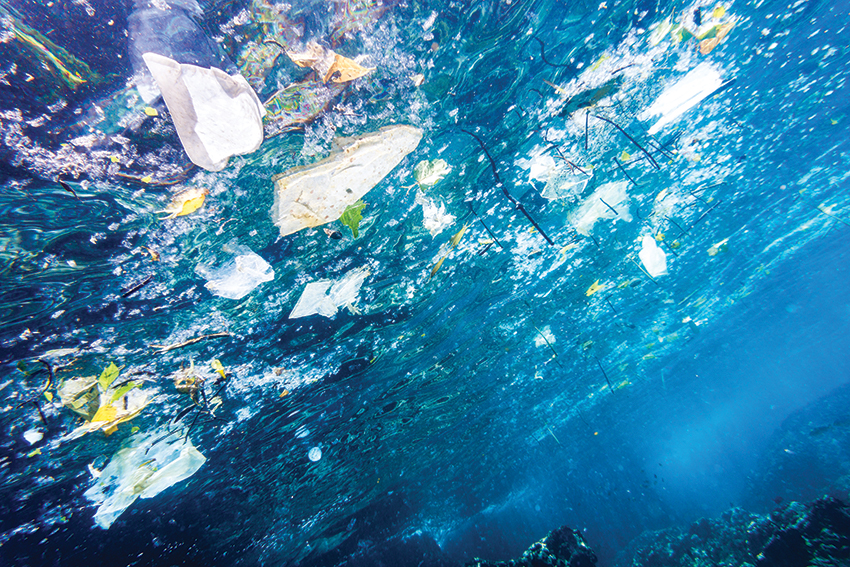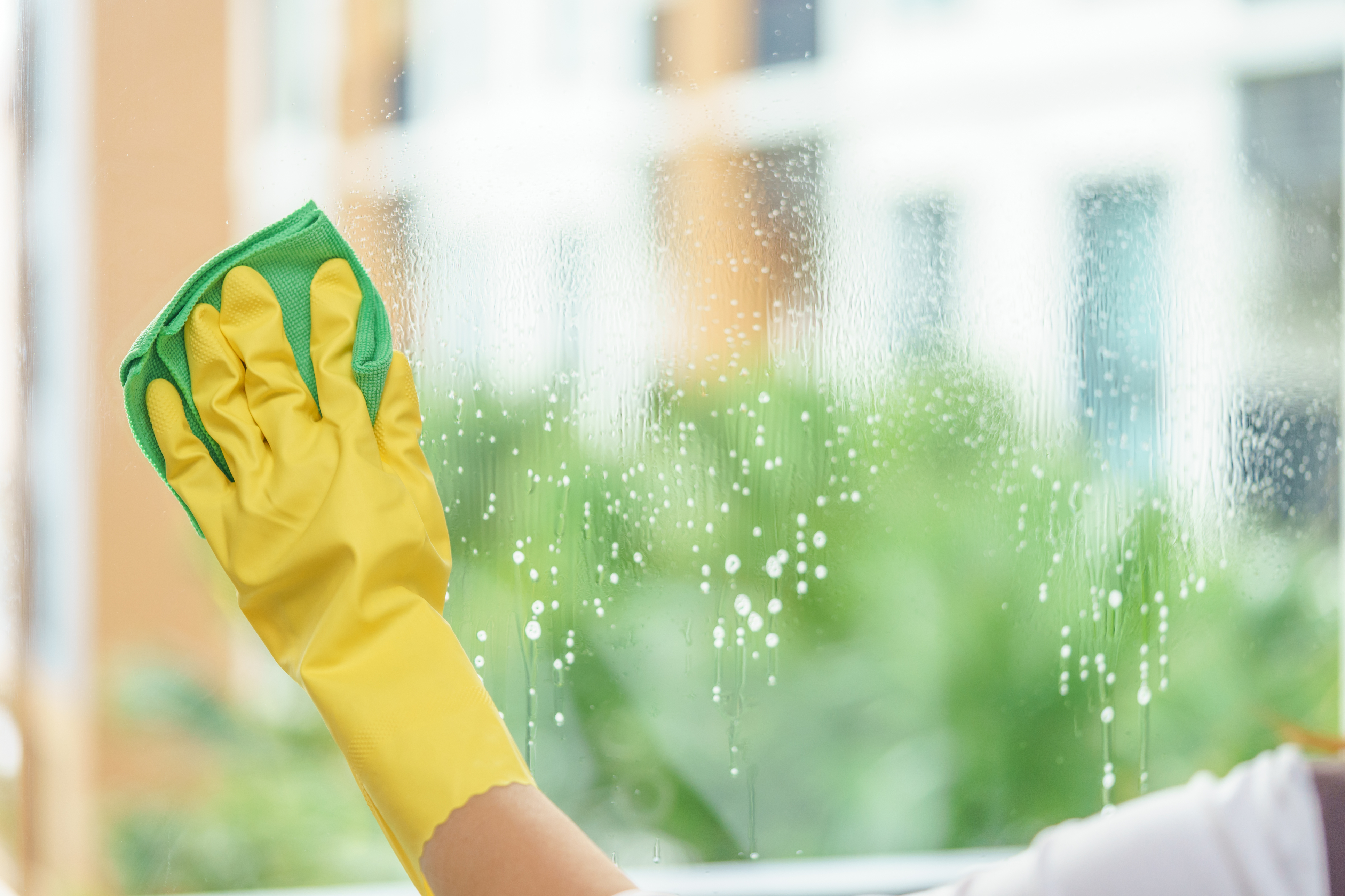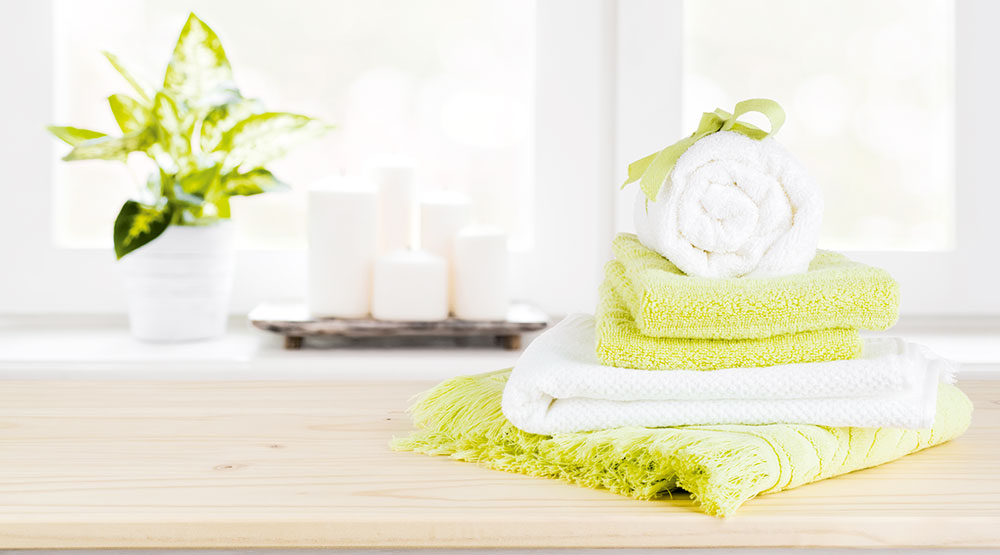
In the second of five articles I am writing about the five hottest sustainability topics for 2019 and their implications for the cleaning industry, the global plastic pollution problem is the obvious issue to discuss following on from the recycling crisis article in last month’s (March/April) publication.
Since the 1950s, plastic has become an intrinsic part of modern life. It is cheap, incredibly versatile, and indispensable to the cleaning industry. Yet every year, more than 8 million tonnes of plastic ends up in the ocean. It is washing up on remote beaches and forming large islands of floating debris.
Apart from being an eye-sore, plastic pollution is harmful to wildlife. Animals get trapped in larger items such as carrier bags or food packaging. When plastic breaks down in the ocean, it turns into tiny pieces that fish, birds, shellfish and sea turtles mistake for food. Plastic fills their stomachs, causing them to slowly starve.
It is understood 219, 000 tonnes of microplastics enter the water per annum from Europe alone. If we continue on this trajectory, it is estimated that by the year 2050, the amount of plastic in the ocean will weigh more than the amount of fish.
Where does this pollution come from?
Unfortunately, the majority of plastic pollution comes from countries with less developed landfill systems, such as Asia. However as major consumers, Australians and New Zealanders still contribute heavily to plastic pollution from single-use items, such as packaging.
According to a report by the Ellen MacArthur Foundation, 95 per cent of the value of plastic packaging material, worth between $80 billion and $120 billion annually, is being lost from the economy.
What is the government doing about it?
This problem is being taken seriously by governments around the world, many of whom are phasing out single use and “avoidable” plastics in the future. Single-use shopping bags were voluntarily phased out of the Australian supermarket giants last year, and a ban will start in New Zealand in July 2019.
Many companies have taken the initiative, including IKEA, which is phasing out single-use plastics by the year 2020.
Significantly, the Australian Government has pledged to ensure that 100 per cent of the country’s packaging is recyclable, compostable or reusable by 2025. This includes mandating the widespread uptake of recyclable packaging and finding ways to use and process it – called the “circle economy” discussed in the previous article.
How will the war on waste effect the cleaning industry?
The cleaning industry does more than handle waste – it produces its fair share too, from chemical containers, disposable wipes, gloves and bin-liners. With a growing appetite for solutions to the waste problem, the business sector will be expecting cleaning services providers to take the initiative.
- Eliminating the single-use chemical container:
While I have been advised that recyclable plastic is not strong enough for storing cleaning chemicals, that may well change in the future with investment being poured into recycling.
Reusing canisters is currently the most obvious solution, yet the logistics of selling them back to manufacturers has been too challenging for the supply industry up until now.
Known as ‘product stewardship’, this practice is mandated in parts of Europe and is being considered by our own governments. It is advisable that suppliers explore their options as single-use containers may well be redundant in the future.
Options that may minimise or eliminate packaging waste that service providers could consider include:
- altered water technology
- a durable microfibre system
- single dose chemicals in dissolvable sachets
- super concentrated chemical in 15 litre canisters
- Finding a solution to single-use plastic bin-liners
Now that plastic shopping bags are no longer available as domestic bin-liners, alternatives such as compostable, biodegradable, degradable and ‘oxo-degradable’ bags have been put under the spotlight. Comparing these alternatives is too complex to do justice to here, so I have added a fact sheet on my website and added some links below with excellent information.1
Multiple investigations have confirmed what I have been suspected all along about degradable bin-liners – they are an environmental hazard. For example: “Degradable plastic is a term for a polymer that will break down into smaller parts or pieces … creating microplastic pollution.
Oxo-degradable plastic includes conventional plastic that contains an additive to induce breakdown … when oxygen and sunlight are present. Like degradable plastics, these bags create microplastic pollution.”2
Biodegradable bin-liners need a moist environment to break down – such as a compost bin – while compostable bin-liners should only be used to hold organic waste (which is dry). Unfortunately, and bizarrely, it appears that standard commercial LDPE and HDPE bin-liners cause the least problems from a plastics pollution perspective.
Solving the single-use commercial bin-liner problem will not be easy. Yet it is necessary. So, whoever produces the first commercially viable reusable bin-liner, self-cleaning bin or other bin-liner free innovation, will have a very good news story to sell. Where there is a problem, there is always an opportunity.
To find out more:
1 www.freshgreenclean.com.au/learn/unpacking/bin-liners
2Implementing a lightweight single-use plastic bag ban in Western Australia Discussion paper
3 www.burnside.sa.gov.au/files/assets/public/environment-amp-sustainability/waste-recycling-amp-composting/recycling/why-waste-it/compostable-degradable-and-biodegradable-bags-fact-sheet.pdf
*Bridget Gardner is director of Fresh Green Clean and is Australia’s leading sustainable cleaning consultant and trainer.
This first appeared in INCLEAN May/June magazine





